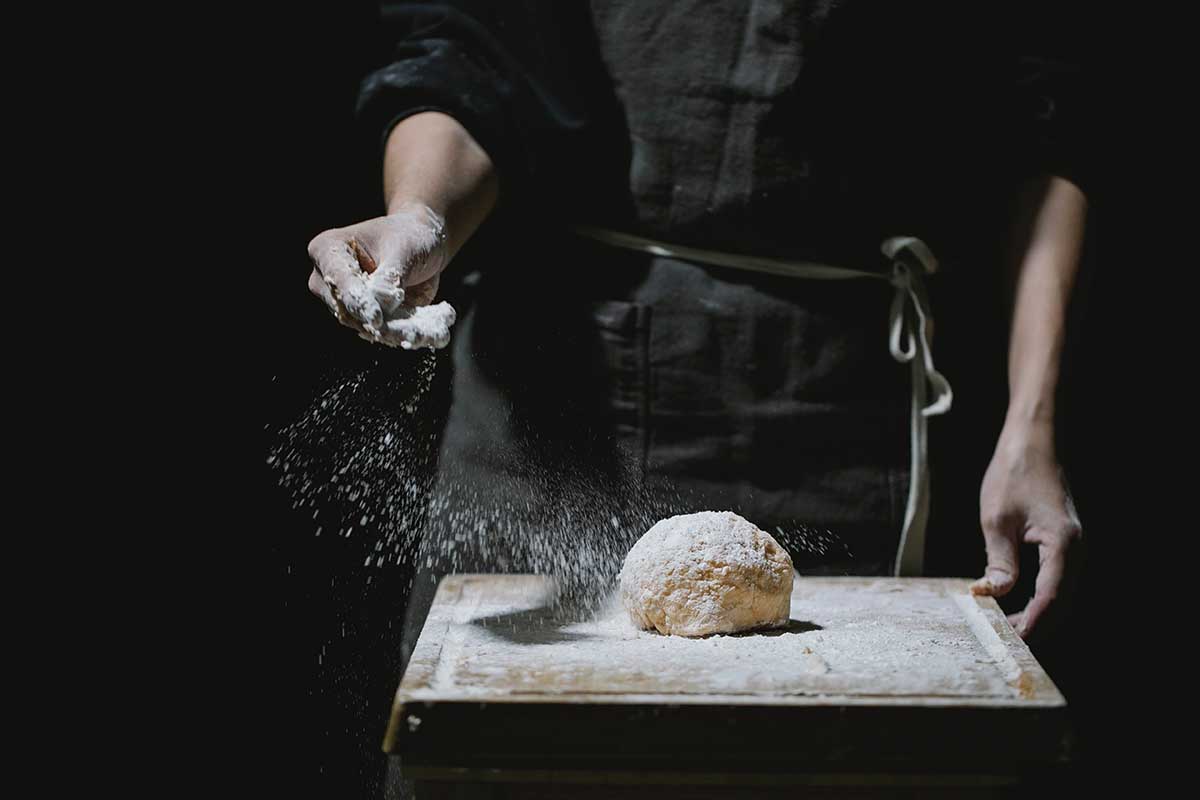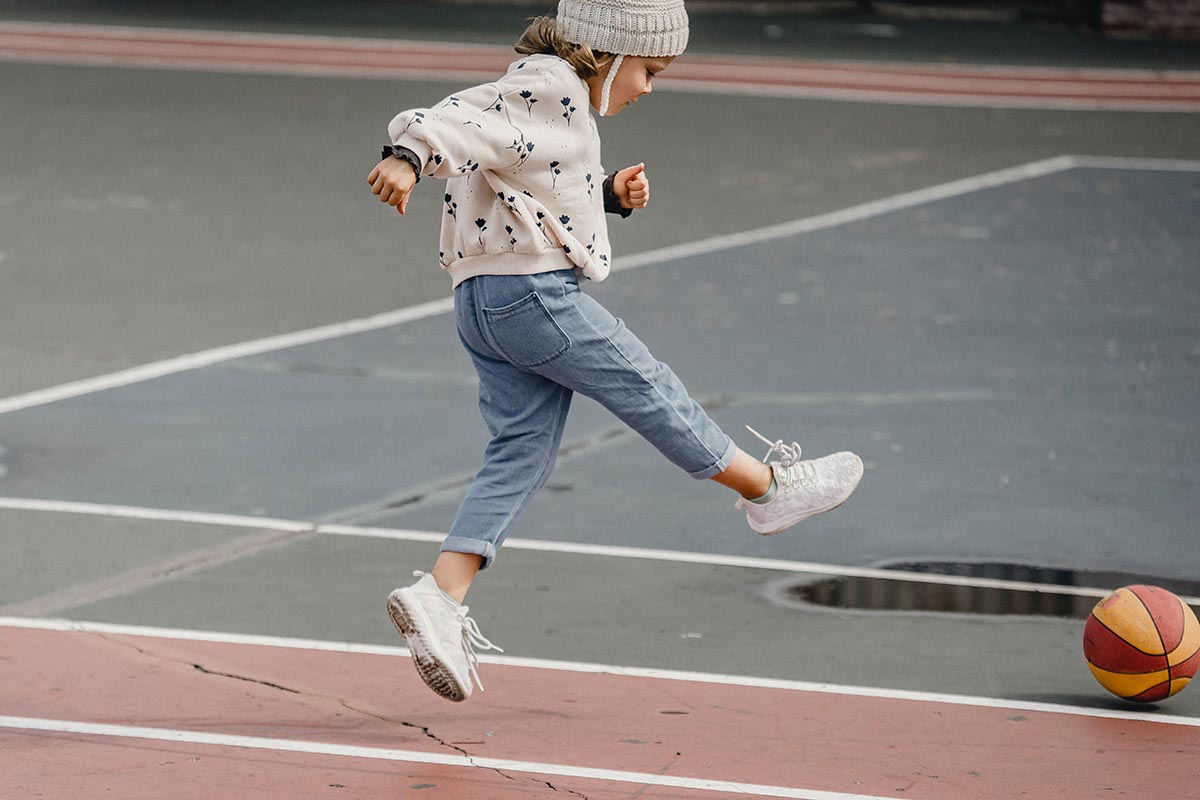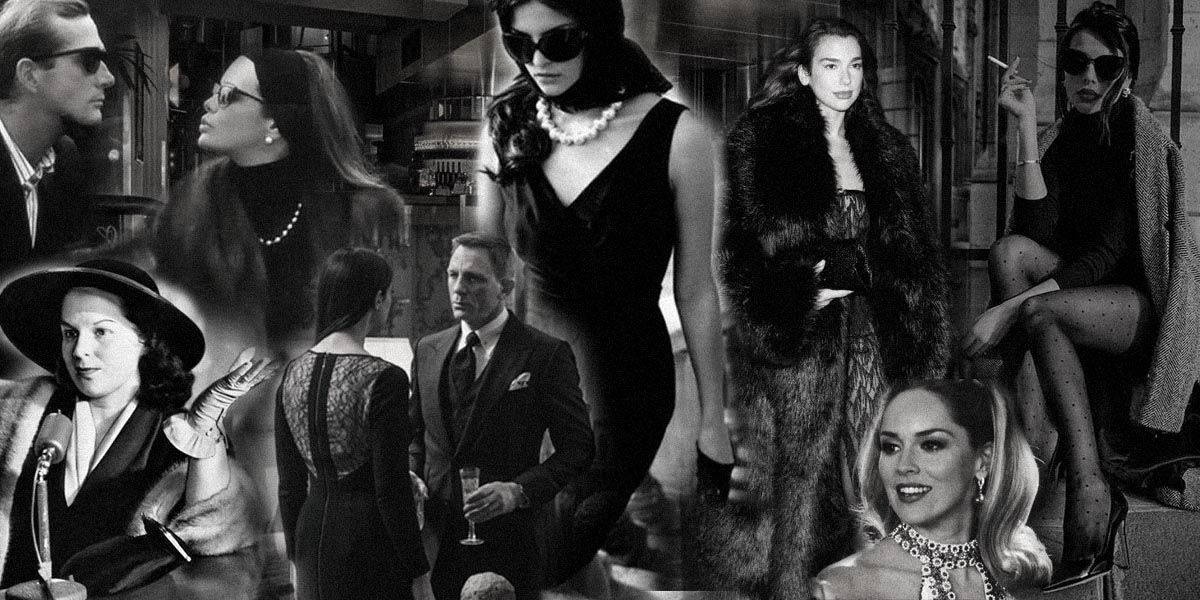Chef coats are iconic piece of clothing that has been synonymous with the culinary profession for centuries. The standard crisp, white jacket with its double-breasted front, mandarin collar, and fold-over cuffs has become a symbol of professionalism, expertise, and attention to detail in the kitchen. But where did this garment originate, and how has it evolved over time? We will explore the history of chef coats and their significance in the culinary world.
The origins of the chef coat can be traced back to the 16th century, during the reign of King Henry VIII. At that time, the kitchen staff in royal households wore long, flowing robes to protect their clothing from the heat and mess of the kitchen. These robes were typically made of heavy, durable fabric and were often embellished with decorative buttons and embroidery.
History of Chef Coats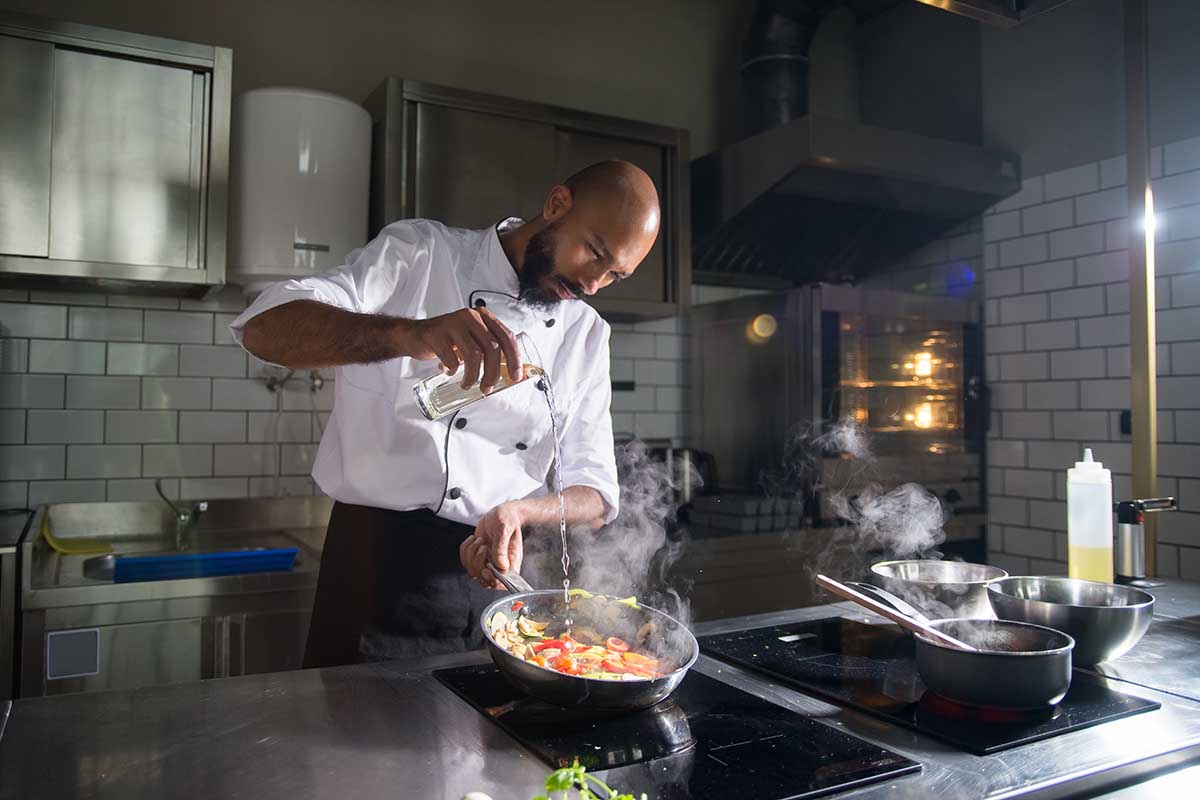
Over time, the robes worn by kitchen staff evolved into shorter jackets that were easier to move around in. By the 18th century, chefs in France were wearing short, double-breasted jackets with buttons made of horn or bone. These jackets were typically made of heavy cotton or linen, which were durable enough to withstand the rigors of the hot kitchen.
It wasn’t until the late 19th century that the classic chef coat as we know it today came into existence. This was due in large part to a French chef named Marie-Antoine Carême, who is widely regarded as the father of modern French cuisine. Carême was known for his elaborate culinary creations and his attention to detail in the kitchen. He believed that chefs should look professional and take pride in their appearance, just like any other profession.
To that end, Carême designed a new style of chef coat that was both practical and elegant. The coat was made of lightweight cotton, which was more comfortable to wear than the heavy linen or cotton jackets of the past. It had a double-breasted front with 12 buttons, which could be fastened in either direction to protect the chef from splatters and spills. The collar was a high, stand-up collar that protected the chef’s neck from heat and steam, and the sleeves were rolled up to just below the elbow to allow for greater mobility.
Carême’s design became popular among chefs in France and soon spread to other countries in Europe. However, it wasn’t until the 20th century that the chef coat became a staple of the culinary profession in the United States. This was due in part to the influence of French cuisine, which had become increasingly popular among American foodies in the early 20th century.
In the United States, the classic chef coat took on a few modifications to suit the needs of American chefs. For example, American chefs tended to prefer shorter sleeves than their European counterparts, as it allowed them to move around more freely in the kitchen. American chef coats also tended to have a more relaxed fit than the tight-fitting coats worn by European chefs, as American chefs often worked in hotter kitchens.
Despite these differences, the basic design of the chef coat remained largely the same throughout the 20th century. However, in recent years, there has been a trend towards more modern, fashion-forward chef coats that reflect the individual style of the chef wearing them.
The Functionality of Chef Coats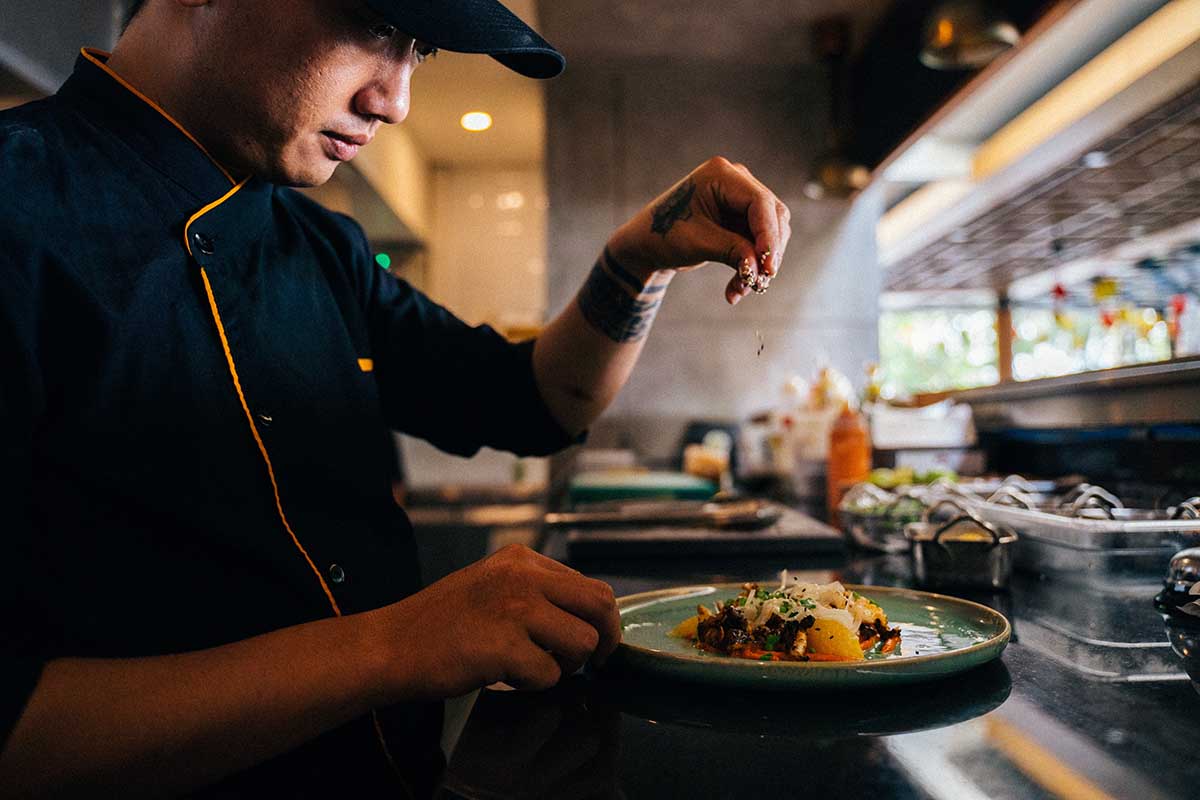
The chef coat is designed to be functional and practical, with several features that make it an ideal garment for chefs to wear in the kitchen. One of the most important features is the double-breasted front, which provides extra insulation and protection against spills and stains. The coat can be worn with either side facing out, which allows chefs to switch between a clean side and a dirty side as needed.
The long sleeves of the chef’s coat are also an important feature, as they provide protection against burns, cuts, and other kitchen hazards. Many chefs also wear an apron or other protective clothing over their coats to further protect themselves from spills and stains.
Today, chef coats come in a variety of styles and colors, ranging from classic white to bold patterns and bright colors. Some chefs even choose to wear custom-made chef coats that feature their name, logo, flags, and other add-ons such as patches.
However, despite these changes, the classic chef coat remains a symbol of professionalism and expertise in the culinary world. The crisp, white jacket with its double-breasted front and high collar continues to be a hallmark of the culinary profession and is instantly recognizable to anyone who has ever set foot in a kitchen.
